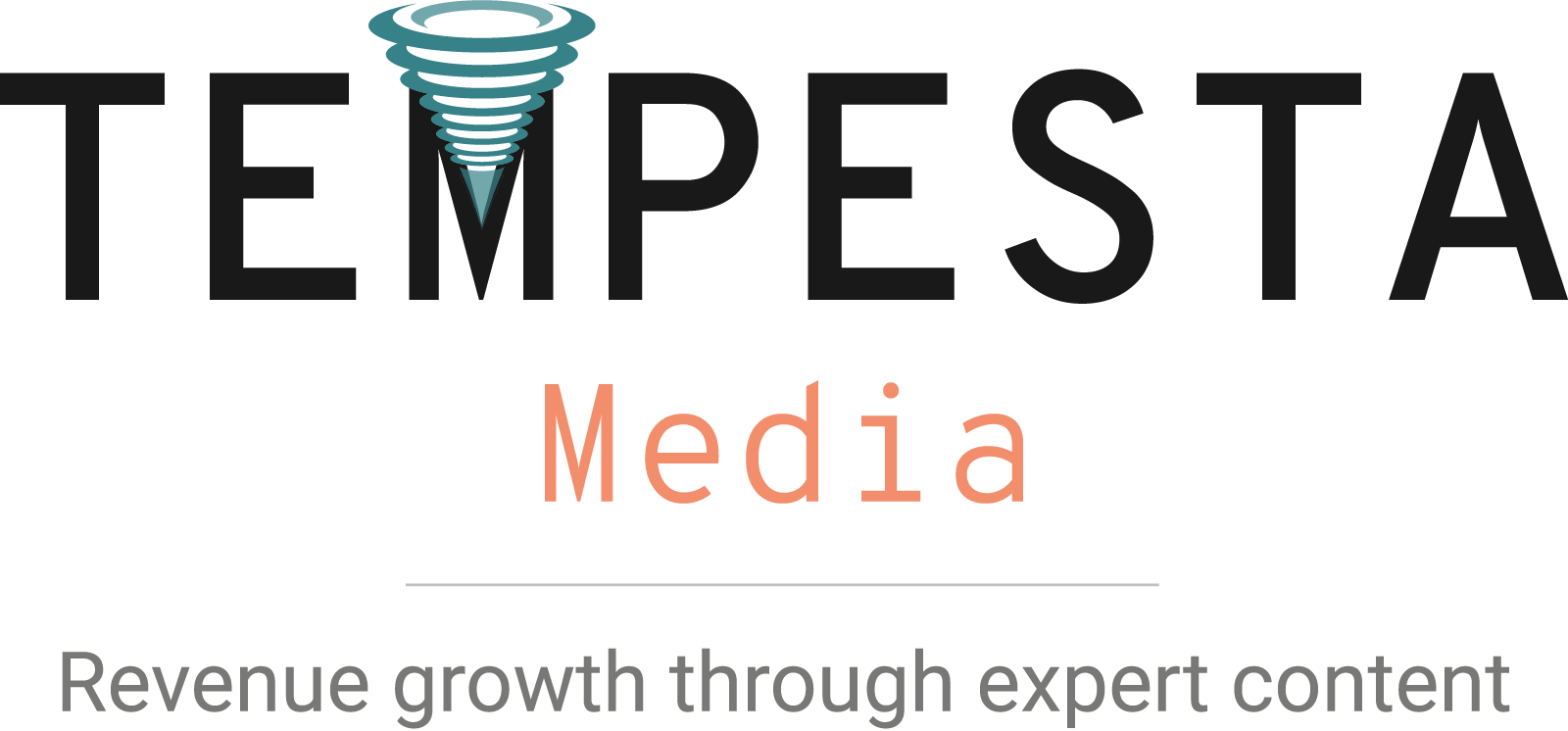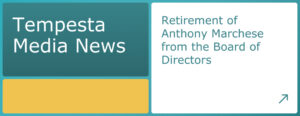Learn how content marketers can get internal stakeholders to commit to content review expectations and keep your content marketing plan on track.
Many companies struggle to scale their content marketing program and achieve their corporate marketing objectives. Delays in content review and approval are some of the most common hurdles in meeting marketing objectives because of friction between departments within a company.
Often, your content marketing program’s success relies on the input, interviews and other deliverables from internal stakeholders. If they are not aligned with the company’s content marketing program objectives, then they’re likely to resist and hamper its success.
You should quickly identify and solve these issues to make sure your content marketing plan is on track. Here are our recommendations.
Align internal stakeholders with a content marketing program
First, the content marketing program’s executive sponsor needs to identify the other internal stakeholders.
For example, a B2B company sells to technology companies. For them, it may be important to have the head of service delivery, customer success or engineering available to be able to contribute content and time to the program.
Escape deprioritizing of content marketing
Next, you should align the objectives of both the internal stakeholders and the content marketing program. This includes explaining the content marketing program’s goals to the internal stakeholders. You should also emphasize how achieving those goals will advance their own objectives. If this is not done beforehand, internal stakeholders are likely going to deprioritize content marketing in favor of their own objectives.
Once you achieve a buy-in, establish a communication framework between those internal stakeholders and the content marketing team. This should be in writing or in the form of a service level agreement (SLA). This agreement explains what each party is going to do to support the program.
You should also make sure that the reporting process flows up from the content marketing team to the executive sponsor. The executive sponsor should act as a control mechanism to make sure that those internal stakeholders are abiding by their SLAs.

Build flexibility into the content review and approval process
This all comes down to expectations management and planning for flexibility within the content marketing plan.
For example, the engineering team needs to review an article to make sure that it’s factually and technically correct. The SLA requires them to review the content within five business days. Based on these expectations, you’ll want to put an extra one to two days into the project plan. This way, you can plan for any delays.
The pandemic is a good example highlighting the importance of flexibility. With COVID-19 raging, we’ve recently seen internal content teams and external content creators missing their deadlines. They have either contracted the disease and are convalescing at home or are treating family members who have the virus.
Unexpected situations also call for flexibility. For example, your engineering team needs to resolve an all-hands-on-deck problem ASAP. They will prioritize this issue before they can resume their normal operations and review the content. With those couple of extra days, the content manager has the freedom to deal with the unpredictable and operate efficiently.
Create a contingency plan for your content marketing program
Managing these variables can be easily achieved with a little planning. Content marketing project managers can add flexibility to their program by doubling up the amount of content that’s created at any given time.
Let’s say you publish one piece of content per week. Your content team should plan on creating at least two content pieces per week before the publishing date. This ensures that you will have content ready for publishing in case one gets delayed. Using this approach from time to time also ensures that you have two pieces of content ready for publishing, creating a reserved content. Your content marketing manager can post the reserve in case there is a bad week.
In summary
These flexibility points and contingencies within the overall content marketing plan can help make sure that the project not only stays on track but also has the potential to scale opportunistically.
Need help?
If you have a content marketing program or are planning one, download our e-book 100 Mistakes Businesses Make When Starting, Optimizing and Scaling Content Marketing Programs. This will walk you through the mistakes of hundreds of other companies and the challenges they faced in implementing their content marketing programs.
To learn more about how Tempesta Media can help you streamline your content creation process and deliver quality content at scale, contact us today.











